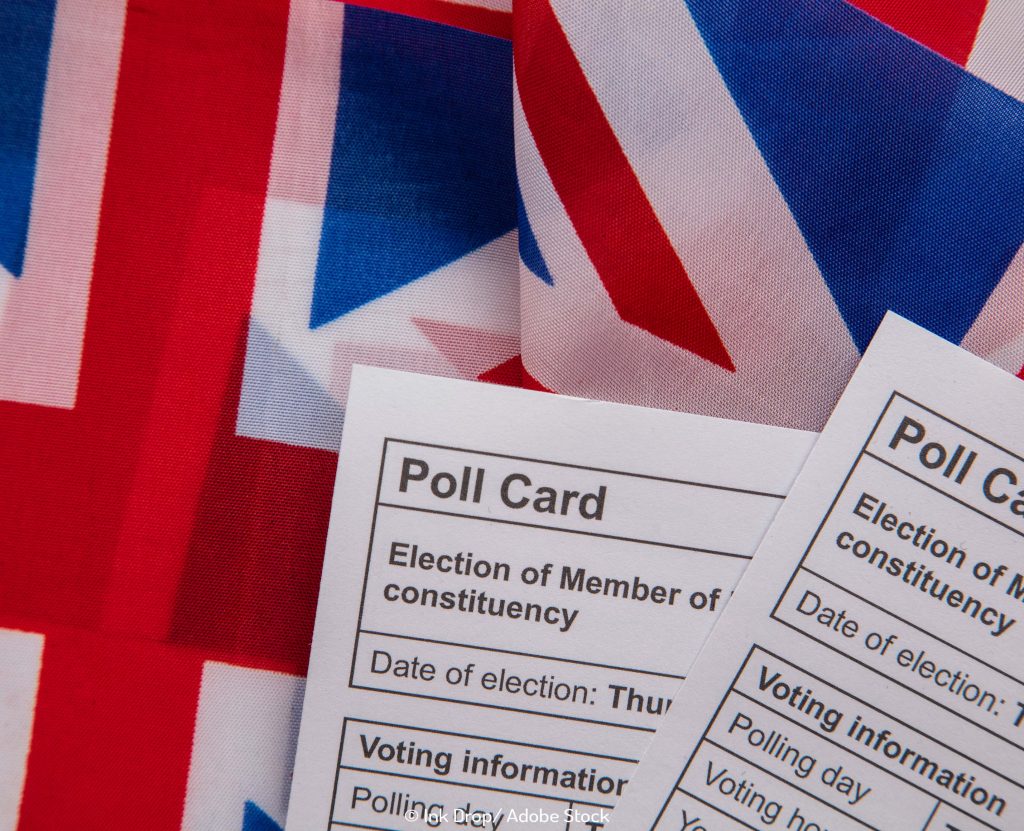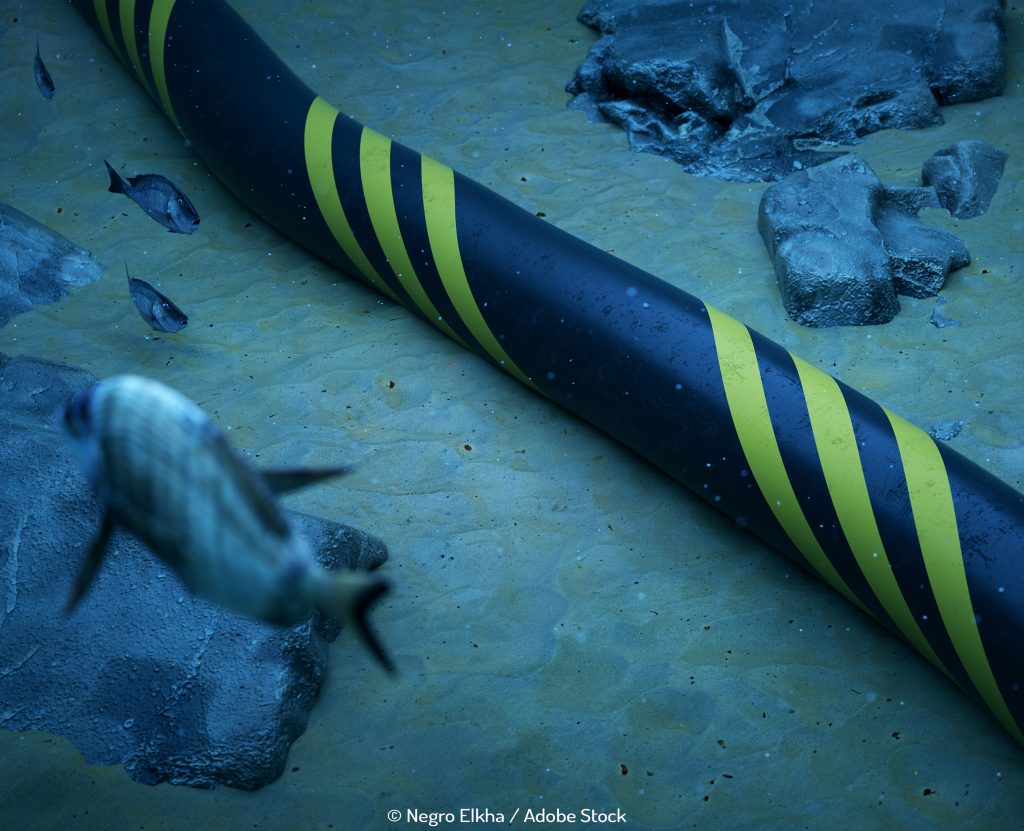We need to focus on how to efficiently store renewable energies on a massive scale
It’s an alarming thought to those of us with vested interests in the renewables future (and if you’re not sure that includes you, remember you share this planet so it does..!).
The cost of producing renewable energy is decreasing. Wind farms cost less. China is selling solar panels that now cost 61 cents per watt of electricity generating capacity compared to $4.50 seven years ago. These two renewables now provide one fifth of the power mix in several European countries including Spain, Denmark and Portugal. The aim is to increase this and Germany has an ambitious target of getting 80% of electricity from renewables by 2050.
Scientists are continuing to advance ways of generating solar power – the latest being thin film technology that can be printed in bulk and therefore reduce manufacturing and installation costs. Next up the solar window – ordinary looking transparent windows that have been coated with electricity generating material – and even more excitingly nanoparticle paint that makes concentrated solar power work more efficiently. (It uses thousands of mirrors to generate electricity, can convert 90% of heat absorbed into electricity and even works in the dark – unlike any other available technology.)
That’s truly fascinating and also troubling.
It’s ironic that renewables – energy sources that rely on nothing but their never-ending supply – don’t actually supply energy all the time. Therein lies the problem – their intermittency and a lack of storage. When they produce the most power – noon for solar, storms for wind – the price drops. The German economist Lion Hirth described it in a Financial Times interview as ‘price cannibalisation’. In addition when they produce vast amounts of electricity it can’t be efficiently stored. We don’t have the ability yet to store wind and solar power that could power the UK for a week if the wind don’t blow and the sun don’t shine.
Analysts say this must be the next focus of development. It is crucial to find a way to cheaply and efficiently store renewable energies on a massive scale. It’s already underway in Virginia which has the world’s biggest ‘battery’ – a pumped hydrogen storage facility. Excess electricity is used to pump water from a reservoir up a hill. When the electricity supplies run short, gates open and the water floods back down again – spinning turbines and generating electricity. The beauty is in the simplicity.
It’s not the only development. There are compressed air facilities which work in a similar way by compressing air that is released to drive a generator, electric car companies are pioneering battery packs, and Mercedes Benz is selling home storage solutions. The more they do this the cheaper the technology becomes.
No government wants to continue to invest money in subsidising green energy, so it comes down to this: if we want to use more renewables, we need to focus investments on how to store the energy that’s being produced.


